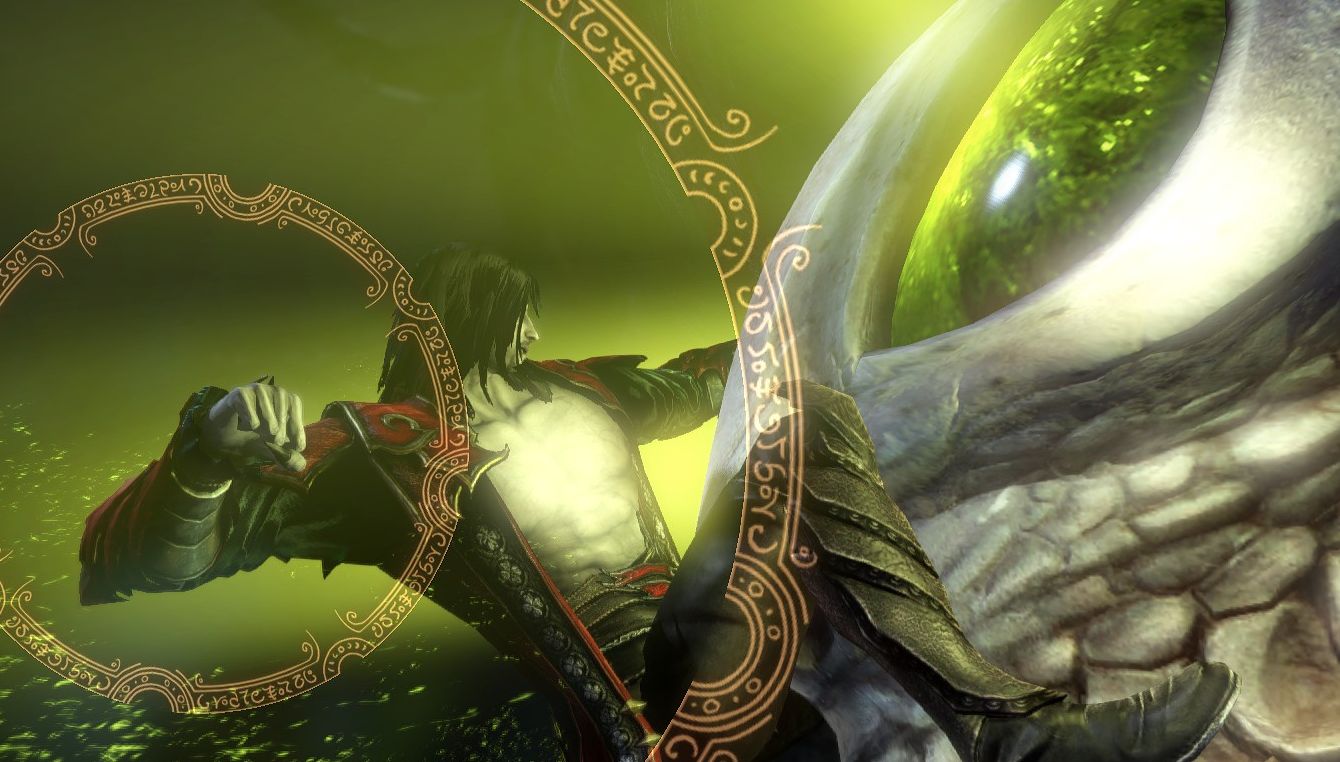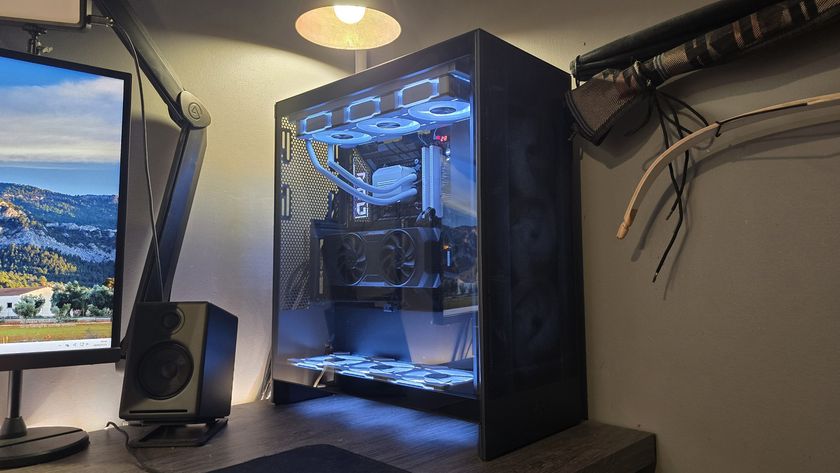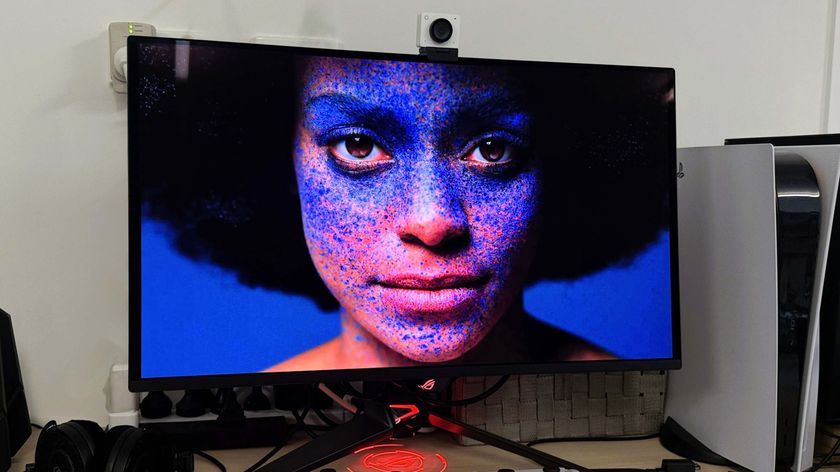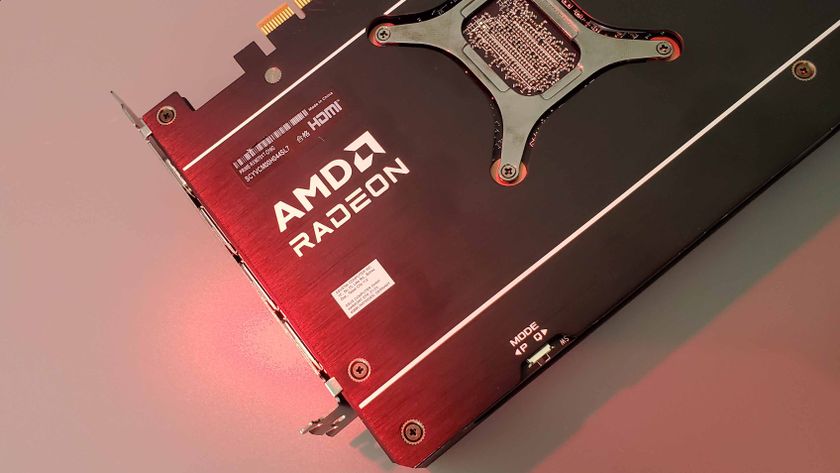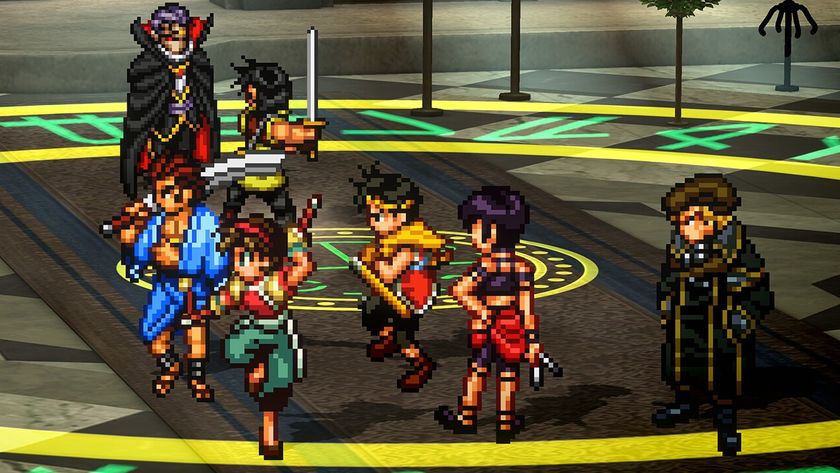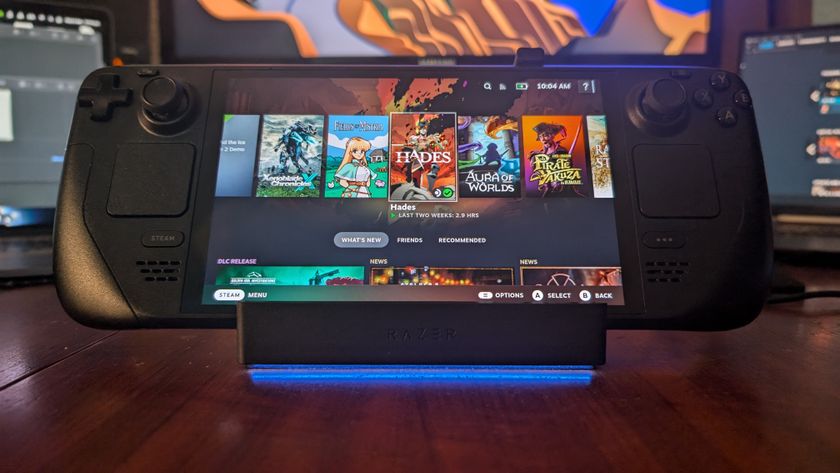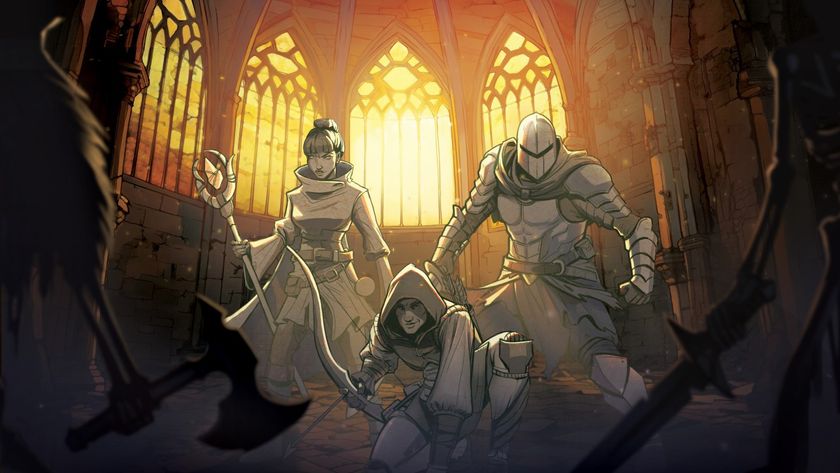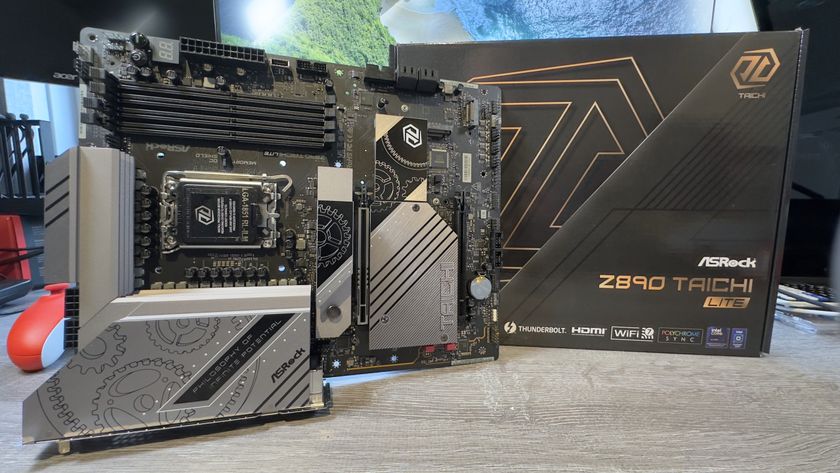Our Verdict
A miserable blend of flawed game mechanics that's a giant leap backwards from its predecessor.
PC Gamer's got your back
By Nathan Brown
I am Gabriel Belmont, latest in a long line of renowned vampire hunters. At the end of Castlevania: Lords of Shadow, things went a bit south, and I became Dracula. At the outset of this sequel I awake from a thousand-year slumber in a future-Gothic London, stripped of most of my powers – but within a couple of hours of play I'm back up to full strength. I'm the prince of darkness, so why am I spending so much of my time cowering in it, disguised as a rat?
The game's setup gives its Spanish developers MercurySteam a level of creative freedom unprecedented in Castlevania, a series which has spent 25 years casting players as the guy hunting Dracula, not playing him. It has been set in Gothic fantasy worlds, not grounded in reality. As a concept, Lords of Shadow 2 is full of potential. MercurySteam spend most of its 20-hour runtime squandering the lot.
Take, for instance, the interminable stealth sections, the chief mechanical addition to the first game's blend of linear platforming and third-person melee combat. Belmont spends a lot of the first hours of the game, and far too much of the rest of it, sneaking through the headquarters of an evil pharmaceutical company evading armoured demonic guards. His magical powers are forcibly disabled except for the ability to transform into a rat and sneak through small spaces. He can follow a ventilation network into an adjacent room, or chew on cables to cut the power. Quite why the developers chose a rat is anyone's guess – perhaps someone misheard 'vampire bat' and no one realised until it was too late to change anything.

The stealth is profoundly linear, leaving no room for experimentation, and when you fail, stingy checkpointing often drops you three rooms back from where you fell. It's miserable stuff that reaches its nadir two thirds of the way through – this is when you have to traverse a garden in the underworld while evading a goat-headed pursuer who'll insta-kill you if he catches you. It's a section so unspeakably infuriating and poorly designed that I'm getting angry just thinking about it.
The obvious potential of the setting is similarly wasted. Too much of the action is set in a drab procession of medical facilities, sewer networks and tower blocks. One section took me to an underground car park, then an elevator leading to a cutscene, then back in the lift and down to the car park for a fight, followed by a basic environmental puzzle, and another elevator. I'm fucking Dracula. Can I not just turn into a swarm of bats and fly in through the window?
Combat involves switching between Belmont's signature whip and Dracula's famous health-recharging Void Sword and heavy-hitting Chaos Claws. Just as Bram Stoker wrote it. Use of the latter is regulated by a pair of magic meters recharged in combat by filling a combo bar that empties as soon as you take a hit. Which you will, thanks to the wayward camera that makes it next to impossible to track where the next attack is coming from. And while a well-timed press of the block button will parry an attack, unblockables must be dodged. Every enemy in the game has an unblockable, and every single one uses the exact same sound effect, so good luck with that.
It's baffling that developers who garnered such acclaim for their successful 3D reinvention of a long-running series could not only fail to improve on their formula with the sequel, but make a game that's distinctly worse in almost every possible way. Who ever thought playing as Dracula would be so thoroughly dull?
A miserable blend of flawed game mechanics that's a giant leap backwards from its predecessor.
PC Gamer is the global authority on PC games—starting in 1993 with the magazine, and then in 2010 with this website you're currently reading. We have writers across the US, Canada, UK and Australia, who you can read about here.
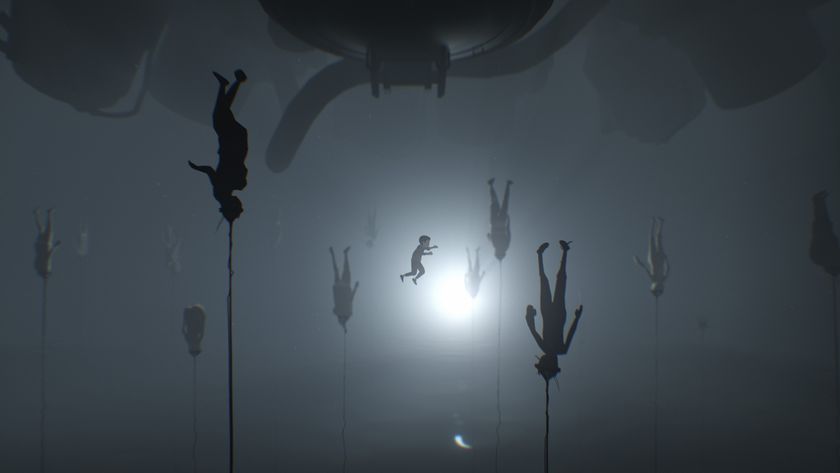
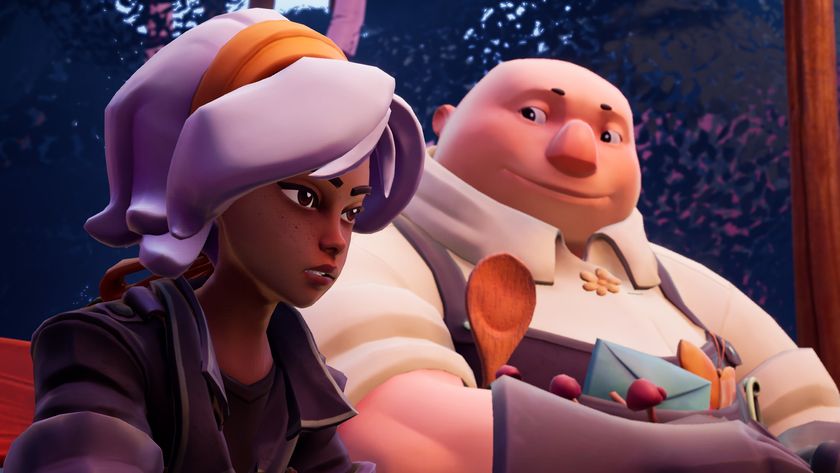
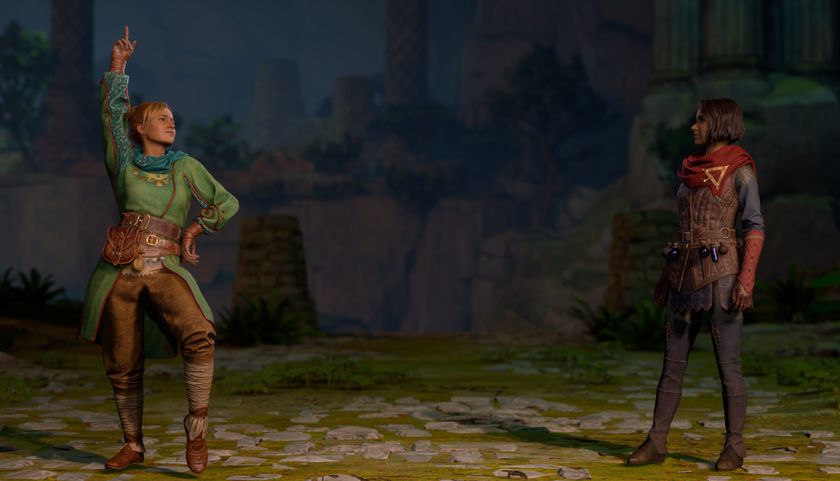

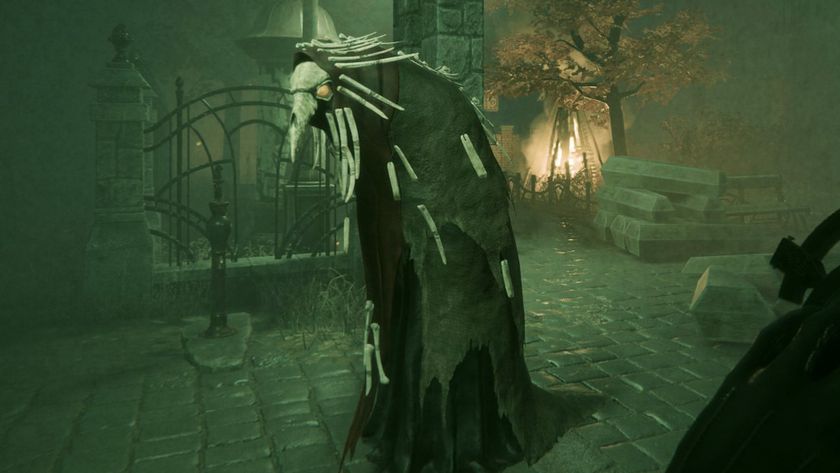
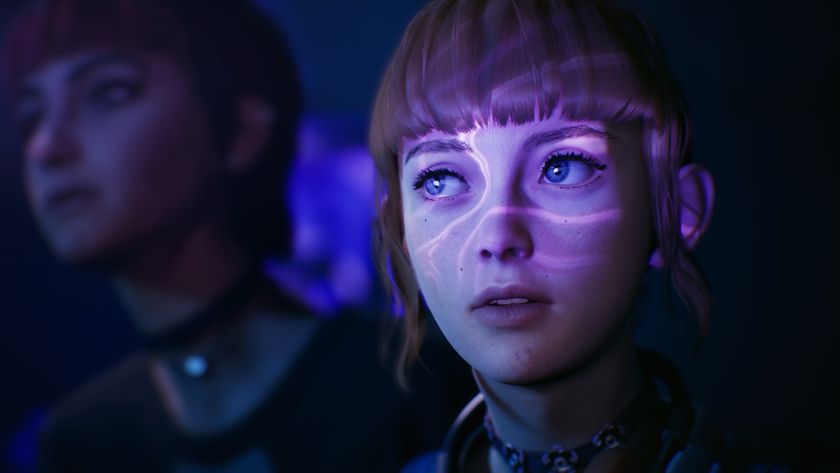
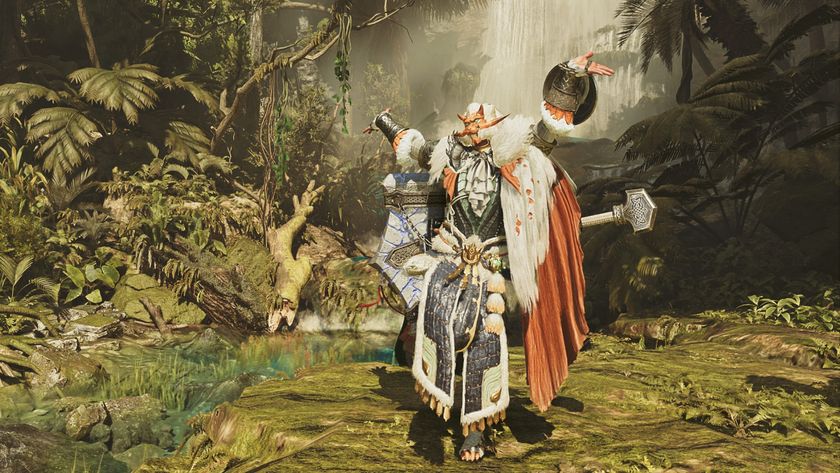
Attention, fashion hunters: There's a Monster Hunter Wilds mod to disable all those obnoxious glowing buff effects that distract from your fits
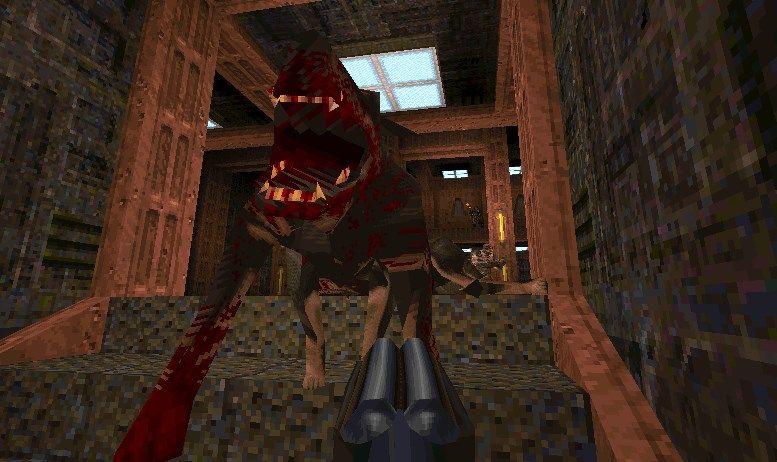
Should Age of Empires and Quake be in the 'World Video Game Hall of Fame'? You can vote for them to be inducted this year

The Fallout season 2 leaks continue with videos of the New Vegas set, including a sign for Mr. House's casino
